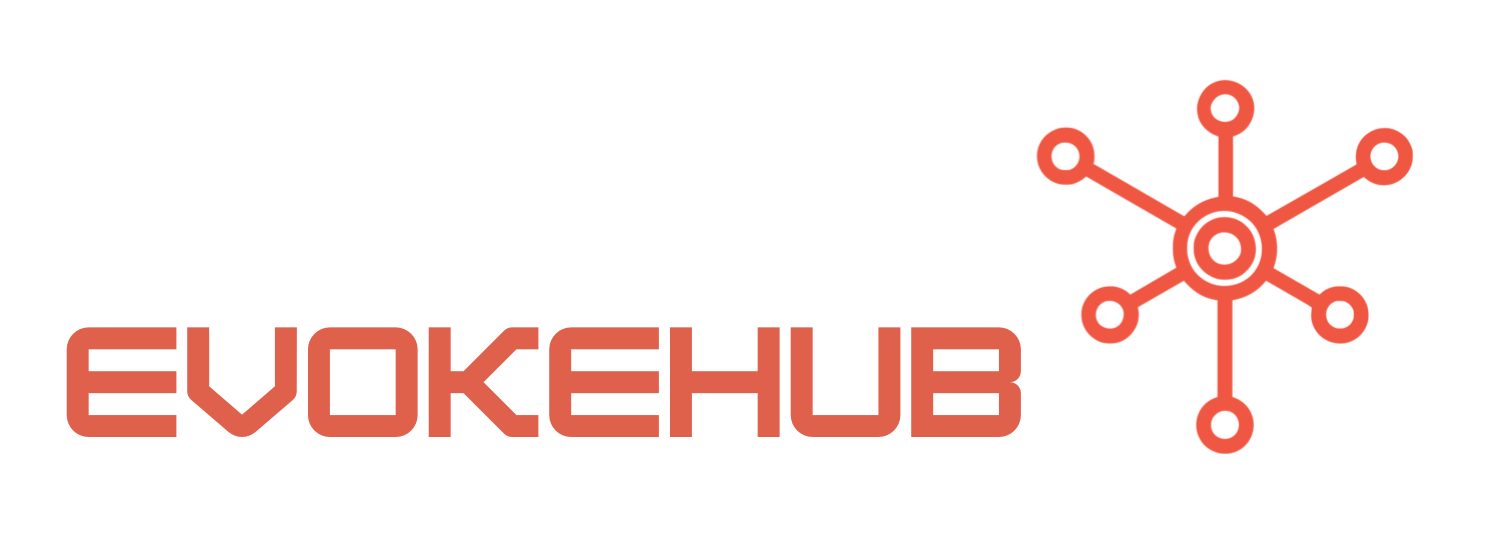Optimizing Continuous Delivery in .NET through Feature Flags
Feature Flags serve as a strategic tool in the Continuous Delivery process by providing granular control over functionality in production environments. By decoupling feature deployment from code deployment, developers can roll out new features to a subset of users. This practice not only mitigates the risks associated with new releases but also facilitates A/B testing and gradual rollouts. For .NET applications, libraries like LaunchDarkly and FeatureToggle simplify the implementation of Feature Flags, making it easier for teams to manage and monitor feature releases.
Moreover, using Feature Flags in a .NET environment aligns well with DevOps principles. It allows teams to adopt Continuous Integration and Continuous Deployment (CI/CD) practices without the worry of destabilizing the application. Engineers can safely merge code changes to the main branch, knowing that the new features can be toggled on or off as necessary. This flexibility reduces the complexity of managing different code branches and enables faster feedback loops, ultimately improving the team’s agility and responsiveness to user needs.
In addition to risk mitigation, Feature Flags also play a pivotal role in enhancing collaboration among cross-functional teams. Product managers, quality assurance engineers, and developers can work together more effectively by using feature flags to manage the rollout of features independently from the deployment cycle. This collaborative approach allows for real-time user feedback and data-driven decision-making, which can guide future enhancements and iterations in .NET applications.
Best Practices for Implementing Feature Flags Effectively
To leverage the full potential of Feature Flags, organizations must adopt a structured approach to their implementation. First and foremost, it is essential to define a clear governance model for managing Feature Flags. This includes establishing ownership, defining lifecycle stages (e.g., in development, in testing, in production), and ensuring that flags are documented and tracked. Tools like LaunchDarkly can assist in managing flags and provide insights into their usage, helping teams avoid flag bloat and technical debt.
Another best practice is to implement a robust monitoring and analytics strategy. By tracking how features perform after being toggled on, teams can gather valuable metrics that inform future development decisions. Integrating telemetry tools such as Application Insights with Feature Flags enables developers to measure user engagement and system performance, ensuring that new features deliver the intended value. Additionally, having a rollback plan in place allows teams to quickly disable a feature if it causes unforeseen issues, ensuring continuity and user satisfaction.
Finally, it is imperative to establish a culture of continuous learning and adaptation within development teams. Regularly reviewing the performance and relevance of Feature Flags fosters an environment where teams can iterate on features based on user feedback and analytics. This practice not only enhances the overall quality of the .NET application but also builds a more engaged and motivated development team. Encouraging collaboration and open communication about the flags helps maintain alignment across departments, ultimately leading to better software delivery.
Feature Flags are a powerful mechanism for enhancing Continuous Delivery in .NET applications, enabling teams to deploy with confidence while minimizing risks. By decoupling feature deployment from code deployment, organizations can leverage new capabilities without disrupting user experience. Implementing Feature Flags effectively involves establishing governance models, monitoring features rigorously, and fostering a culture of continuous improvement. By following these best practices, .NET developers can optimize their Continuous Delivery pipelines, ultimately resulting in more robust and user-centric software solutions. As the software development landscape continues to evolve, Feature Flags stand out as an indispensable tool for maintaining a competitive edge in delivering high-quality applications.




